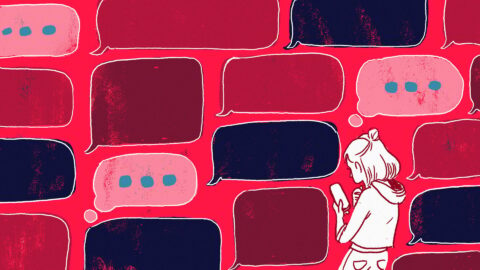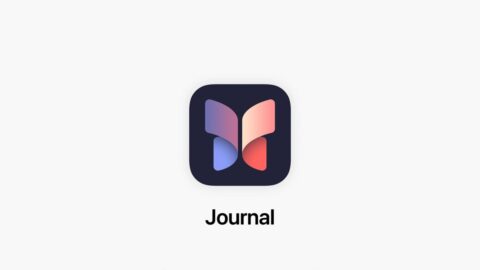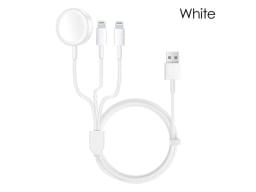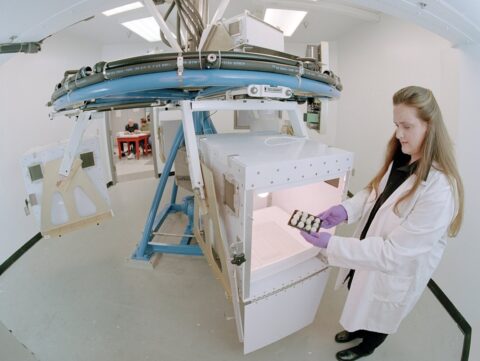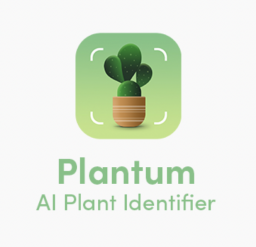Friendship experts explain why friends may not text back and what to do about it.

“Does anybody else have a friend who texts you like they’re famous i.e. they don’t?” asked TikTokker Bel (@khaibellamy) in a video with over 3 million likes and 12 million views.
In the video, Bel goes on to describe how this friend doesn’t reply despite sending them multiple texts and calls — including a joke voicemail about American Idol Season 7 runner-up David Archuleta holding her family hostage. No response.
Bel isn’t alone; the comments on the video are from people on both ends of this, and there are many videos like this on the platform that discuss a lack of communication between friends. Though Bel didn’t respond to Mashable’s request for comment, we spoke to friendship experts about why this happens, and what to do about it.
Why isn’t my friend texting me back?
There are many reasons why someone isn’t communicating, despite what it looks like. “It’s important to acknowledge that what’s tricky is that the symptoms of a friend who doesn’t care and the symptoms of a friend who is not equipped can sometimes look the same,” Bumble for Friends friendship expert Danielle Bayard Jackson told Mashable.
“Not responding is something a person might do if they’re not interested,” she said, “but it’s also something a person might do if they’re overwhelmed, if texting isn’t their thing, if they get anxiety from texting, if they feel frazzled knowing exactly the right thing to say on the spot and respond in a timely manner.”
“Some people find it harder than others to have a balance when they feel overwhelmed with work situations or personal issues, they can easily become disconnected from their phone,” agreed clinical and educational psychologist at E-HEALTH Project, Aura De Los Santos.
Not responding is something a person might do if they’re not interested but it’s also something a person might do if they’re overwhelmed.
Other reasons Jackson cited are that their notifications can be too much; if the friend has social anxiety about saying the right thing; and the potential mental toll of the messages. For example, if you’re sending a string of TikToks, your friend might see it as homework to watch them when they’re busy with something else.
Another example, which you might have used yourself, is asking if they’re free to hang out this weekend. Though it’s a seemingly casual question, the response may not be easy for everyone; for Jackson, she’d have to check her young children’s schedules and coordinate with her husband, which takes time.
“Just because the format of a text is simple, it doesn’t mean the mental labor expected on the receiver’s end is simple,” she said.
It’s also possible that they have trouble responding in a timely manner due to ADHD or another condition; there are many variables within every friendship.
Though convenient, smartphones have engendered a culture where everyone is expected to be available all the time. But contrary to these expectations, friends may not be in a place (physically or emotionally) to instantly respond, said Los Angeles-based psychotherapist Layne Baker. Some friends may just not like texting, Baker continued, and that’s OK. They may have different communication preferences, like enjoying chatting over the phone or FaceTime, or meeting up in-person instead. (As for group chats? That’s a whole different ballgame, and one people might feel other forms of guilt or fatigue from.)
There’s another possibility that could be harder to face, however. It could be true that a friend has stopped texting because their interest is waning or that the relationship is fading. Not responding to messages can be a way to end a friendship without telling the other person, said De Los Santos.
“Sometimes we think that friendships are forever, when this is not the case,” she continued. “One of the parties wants to distance themselves, where they no longer want to have ties with that person, so they don’t take the time to respond and ignore the messages.”
Want more sex and dating stories in your inbox? Sign up for Mashable’s new weekly After Dark newsletter.
What should I do if my friend isn’t texting me?
Friendships need to be worked on just like any other relationship, said De Los Santos. Jackson recommends communicating with your friend (try another approach like a different platform, calling, or possibly in person if they’re not responding to texts) and asking what’s best for them. They may not be direct in telling you what’s bothering them; maybe texting overwhelms them, and they just want to see you in person.
Look at your own attachment style as well, Jackson said. Attachment styles don’t just impact romantic relationships! If you’re more anxious leaning, for example, you may text more frequently. Ask yourself what meaning you assign when someone doesn’t text you back, and where that meaning may come from.
“Some of it is on us and our interpretation on the person not getting back,” Jackson continued. “Understanding attachment style helps us manage expectations and recalibrate emotionally.”
Both Jackson and Baker recommend zooming out (figuratively) and “taking a mountain view” of your friendship. Texting is likely just one element of it. Ask yourself:
-
Does your friendship feel healthy otherwise?
-
Does this friend support you?
-
Do you trust them?
-
Is there other tangible evidence that your friend loves you and is invested?
“If the answer is yes, try taking a closer look at why not receiving texts (or texts back) is causing you discomfort,” said Baker. Don’t conflate a lack of response with the notion that they don’t care about you, Jackson added. If you’re really struggling, you could try journaling or seek out a therapist if possible.
In some cases, however, this could be a sign that the friendship has run its course.
“Relationships [need] work, and if you are the only person who writes and tries to get closer, but that friend never makes the effort, you can stop writing and understand that the friendship fulfilled its purpose,” said De Los Santos.
If the friendship isn’t serving you — as in your friend isn’t supportive or doesn’t respect your boundaries, it may be time to end the friendship (we’ve written a guide for you if it comes to that). A friendship breakup can be just as devastating (if not more) than a romantic one; here’s how to cope with a friendship ending, if it comes to that.
It’s understandable to want a text back. These days, that may be the primary way of communicating with your friend. But know there are a multitude of explanations why — and this may be better talked out IRL.
